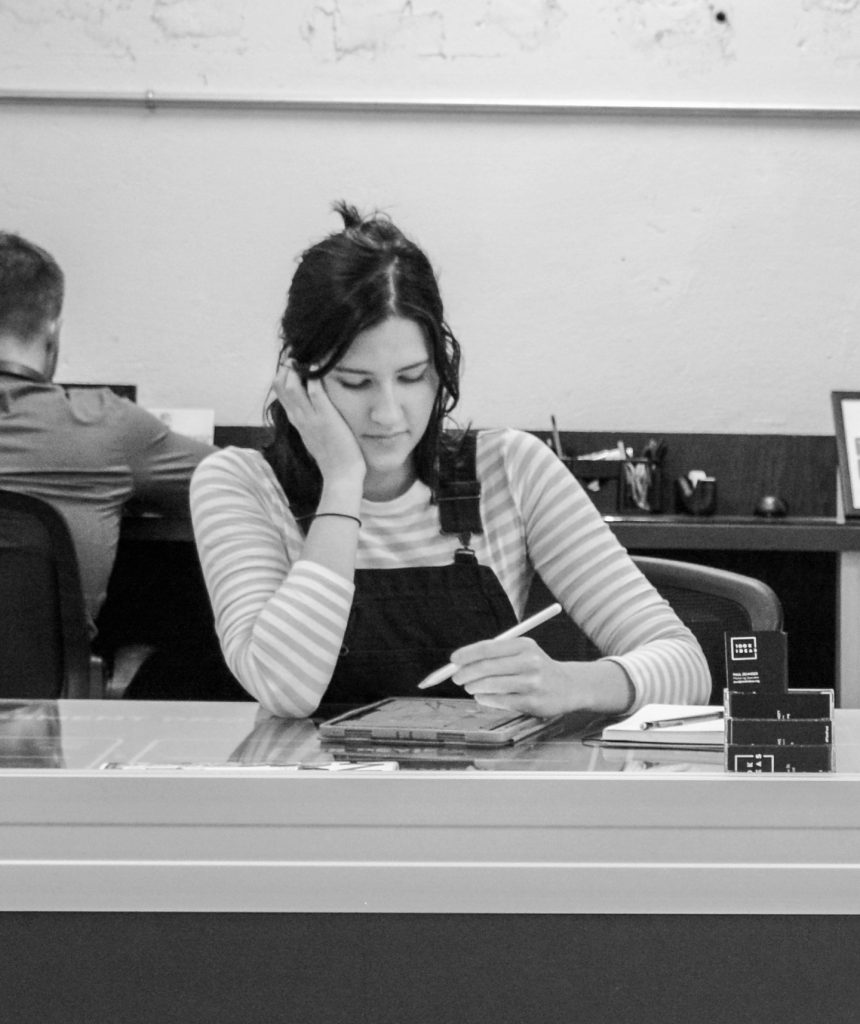Design is not an isolated concept, rather it’s all around us and affects everything we use on a daily basis. Think about a world where there was no design – we wouldn’t have smartphones, cars, or even chairs to sit on. It is the driving force behind innovation, and it’s everywhere, quietly enhancing our experiences. However, the journey from concept to creation is far from simple; it’s a dynamic, iterative process full of complexities that require diverse minds working together.
Our world is a testament to the power of design. Look around and you’ll see the result of countless creative minds channeling their vision into tangible products. From the sleek curves of a car to the seamless interface of a smartphone, design is the fingerprint of progress. Without it, we’d be stuck in a static world, lacking all of the remarkable innovations that make our lives more efficient, comfortable, and enjoyable. Here are a few key points to consider in your design endeavor and processes:
The design process is iterative, messy, and full of considerations:
Design is not a linear path; it’s a maze of iterations, revisions, and constant refinement. This messy process is where ideas evolve, and concepts mature into something extraordinary. Every detail matters, and each decision impacts the final product. Navigating this complexity requires patience, adaptability, and a willingness to embrace the messiness that leads to brilliance.
The process works best when multiple minds come together with different perspectives:
Diversity fuels creativity. When minds with varied backgrounds, experiences, and viewpoints collaborate, they bring a richness of ideas that no single individual could achieve alone. Approaching a “problem” from multiple angles ensures that potential roadblocks are identified and addressed early in the design process. It requires a constant combination of creativity, resulting in more unique and refined solutions.
Many different considerations and constraints influence the design and its process:
Design operates within a wide range of considerations including technical, financial, ethical, and cultural. It’s a balancing act, where a slight shift can make or break a product’s success. By involving multiple perspectives, you increase the chances of catching these critical factors early, preventing costly oversights and ensuring the design aligns with the larger goals of the project.
Taking the design from a new idea to something realistic and functional:
A brilliant idea is only the beginning. Transforming it into a real, functional product requires a deep understanding of materials, manufacturing processes, and engineering principles. It’s the bridge between imagination and reality, and it’s where the magic happens. A collective effort guided by both the practical and the innovative thinkers, transforms a dream into a tangible reality.
Good design considers both cost and methods of production:
Bringing a product to market involves financial viability. The cost of production and the feasibility of manufacturing processes can make or break a project. Good design doesn’t just focus on aesthetics; it balances creativity with practicality, ensuring that the end product is not only good looking but also economically feasible to produce.
In essence, product design is the lifeblood of progress, an intricate process full of many dynamic and ever-changing factors. It’s a collaborative effort of diverse minds, transforming concepts into the tangible marvels that enrich our lives. Without it, we’d be stuck in a world of missed opportunities, forever searching for the innovations that make our world remarkable.






